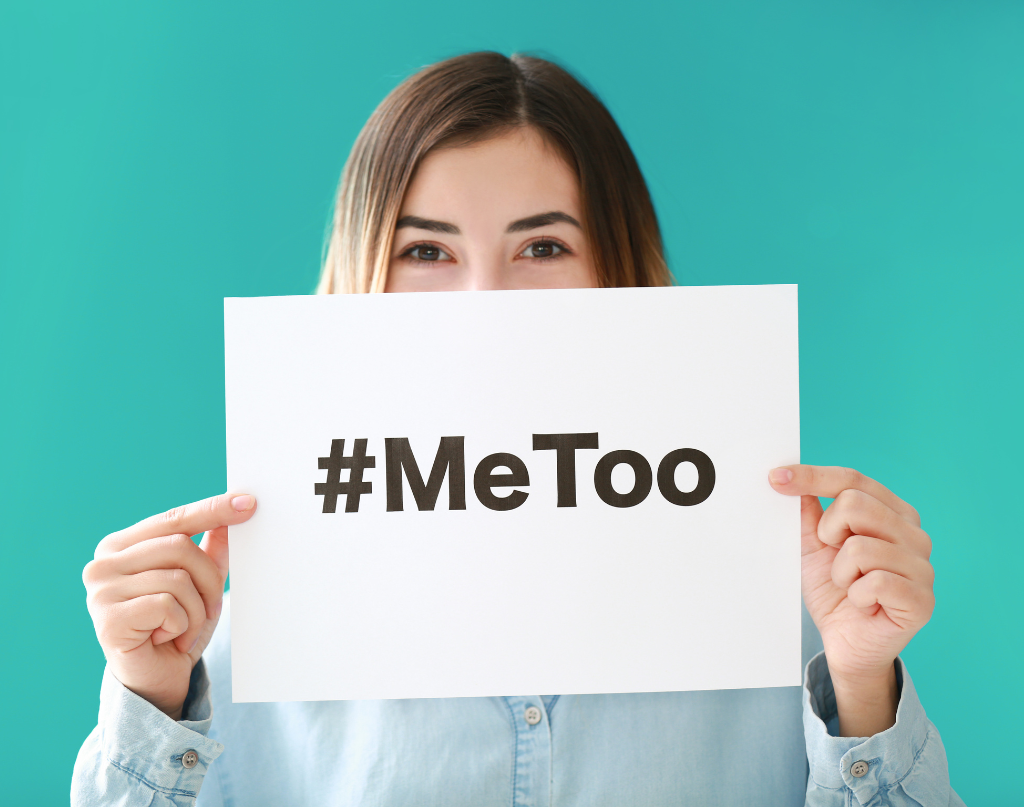From this October employers who are taken to a tribunal for sexual harassment will be required to evidence how they have attempted to prevent sexual harassment within their organisation. Failure to do so could lead to significant legal and financial penalties. How can employers ensure they target their prevention efforts on programmes of work that are likely to have an impact?
The starting place is to recognise that the aim of prevention is to stop a problem from arising in the first instance. This means any efforts to create change need to target the causes of sexual harassment. Policies, procedures, and reporting tools do not cause sexual harassment and as such, they will be weak tools when used to prevent it from happening. Similarly, simple awareness-raising efforts are unlikely to have a meaningful impact. Giving people an understanding of the types and prevalence of sexual harassment may help some people have the courage to report experiences, but it leaves us with very little when it comes to prevention.
Another widely-used tool that can’t be expected to prevent sexual harassment is having a ‘zero-tolerance’ stance towards it. Society also uses this tool, sending out a strong ‘zero-tolerance’ message about sexual offences, with tough sentencing for anyone convicted. But this strong message exists in conjunction with huge prevalence rates. It doesn’t work. So, what does?
Prevention starts with an understanding of why something happens, what perpetuates it, what impedes efforts to prevent it, and what kinds of changes are likely to have a lasting impact. Three areas of work that are likely to create meaningful change are: education aimed at potential sexual harassers; equipping everyone to be an active bystander; and addressing barriers to reporting.
Sexual harassment covers a broad range of motivations and individuals. Some people intend to cause harm and hope to get away with it (I’ll talk more about them later). Others cause harm without awareness or intention to do so. Efforts to prevent sexual harassment need to support those individuals who are unwittingly causing harm, by giving them the knowledge and skills they need to meet the standards of the modern workplace. These are skills in self-reflection, consent, communication, and receiving feedback. As well as having the potential to prevent some sexual harassment at its source, investing in people in this way will also lead to greater fairness when a dismissal is made. Rather than setting people up to fail by having a ‘zero tolerance’ stance but not explaining what that means, you will have clearly communicated the standard of professional working relationships you expect in your organisation and given people the information and skills to meet that standard.
All of this can be supported by a programme of active-bystander training. Sexual harassment is a cultural phenomenon that stretches well beyond our places of work. Organisations need to harness their workplace culture as a powerful part of the solution to this problem. Being equipped to be an active bystander requires knowledge, self-reflection, and interpersonal skills. We need to support these witnesses to potential sexual harassment moving them from dismissing what they’ve witnessed; laughing along; or convincing themselves it’s someone else’s problem to fix; to a place where they feel able to step in and have a conversation with a colleague about their behaviour. Feeling confident is key, our survey data tells us that only a third of employees feel confident in their ability to step-in to situations before they’ve had training and support. This can improve to a 90% confidence with training.
The ideal to work towards is a workplace culture where the compassionate giving and receiving of feedback is normalised, just as it needs to be when it comes to how we treat our colleagues in relationship to ethnicity, disability, gender identity and neurodiversity. We are all on a learning journey, we are all capable of making mistakes in the way we treat others, and we may all need to receive feedback from others if our language or behaviour is out of date. This kind of training can de-escalate situations as and when they occur and they are an investment in very useful and transferrable skills (communication, exercising curiosity, giving and receiving feedback).
Any plan to mitigate risk needs to address the full range of risks and be able to hold the worst-case scenario. You may not expect to have a workplace fire, but you have ways of mitigating and responding to this risk. We need the same approach here. Some sexual harassers will not be deterred by hearing feedback about their behaviour from a colleague. Sexual harassers don’t just groom, manipulate, and intimidate their victims. They can be very effective at grooming entire organisations, using their charm, power, or intimidation tactics to continue causing harm. We need a plan for this.
Our best tool here is to facilitate reporting of sexual harassment. If everyone who experiences sexual harassment feels able to report it, there would be no place for any sexual harasser to hide. Creating a workplace where people feel able to report is multi-faceted. Reporting processes can be important, however the most powerful (and often overlooked) aspects of reporting are a faith in the subsequent investigation process and concerns about how colleagues will react when a report is made.
No matter how user-friendly your reporting tool may be, people will not use it if they have no faith in the investigation process that will follow it. There is also little point in having the option for anonymous reporting if the team tasked with responding to those anonymous reports don’t feel equipped to use that information. Responding to a report of sexual harassment is a huge responsibility. The stakes are high for the person making the report, the person accused, and the organisation. Teams need to be equipped to deliver a process that people can have faith in, and supported so that they can engage with this complex work in a way that safeguards their professional boundaries and personal wellbeing. Most instances of harassment will fall down to one person’s word against another’s. Advanced interviewing skills are essential, including working in a way that is trauma-informed and having an understanding of how a sexual harasser may respond when their behaviour is challenged. Having this knowledge can help everyone (including those making a report) have more faith in the outcomes of these processes.
Another deterrent to reporting can be a fear of how colleagues will react. Changing a workplace culture needs to include thinking about workplace gossip when reports are made and wider conversations about sexual harm that may discourage people from reporting further down the line.
Culture is a powerful tool. This is an exciting moment of change as we grapple with the reality of creating a culture that works against harassment. The good news I can leave you with is this: the ripple effects when harm is caused spread everywhere, touching every aspect of workplace culture. They will be the hidden story in absences, attrition, and low productivity. However, I’ve had the privilege of witnessing what happens when we do this work well. When we have the courage and skills to hold this complex issue and truly live our values, those ripple effects also spread. This work leads to everything that a sense of safety brings: connection, collaboration, and creativity. This can become the story behind your retention, productivity, and organisational resilience.
Dr Nina Burrowes is the Founder of The Consent Collective









